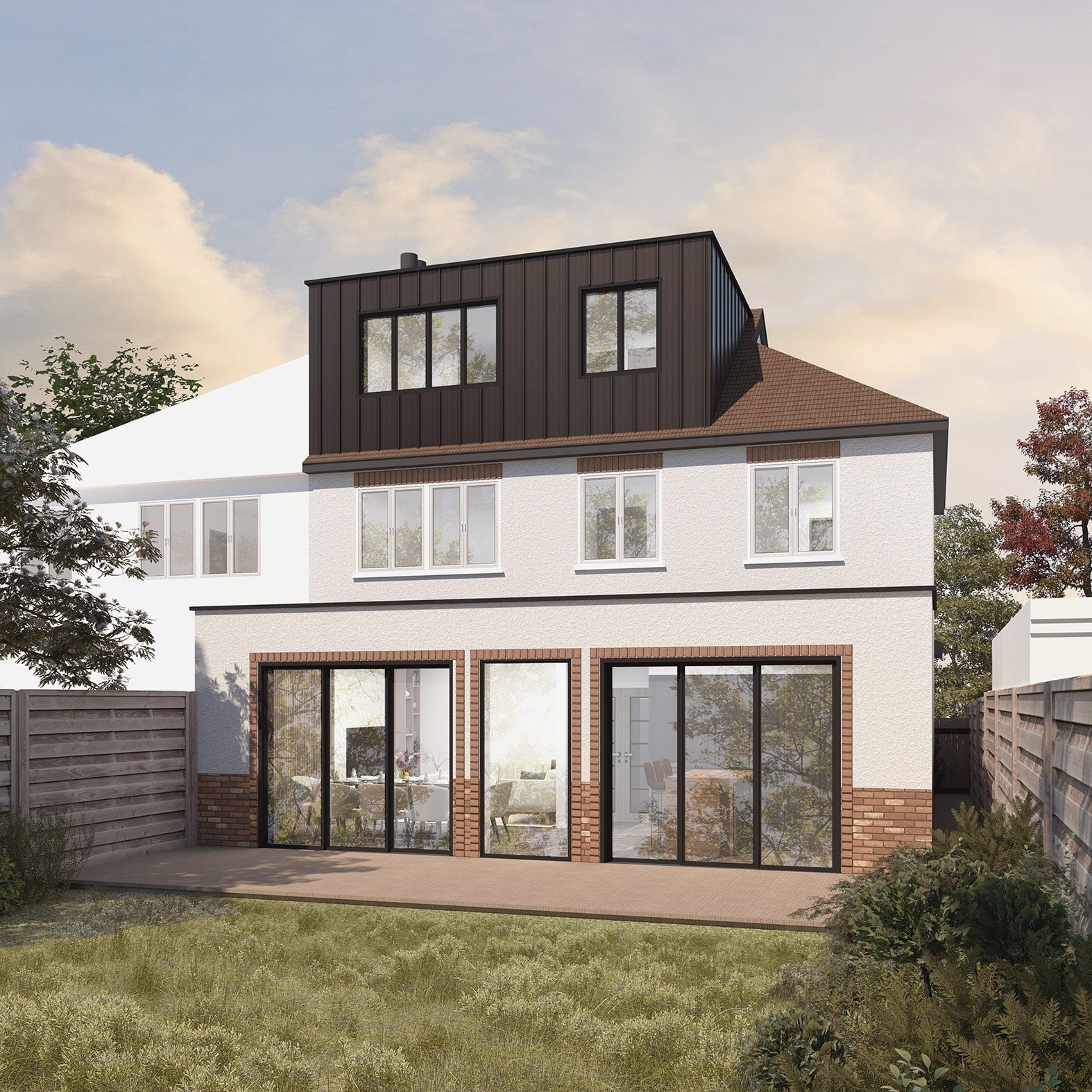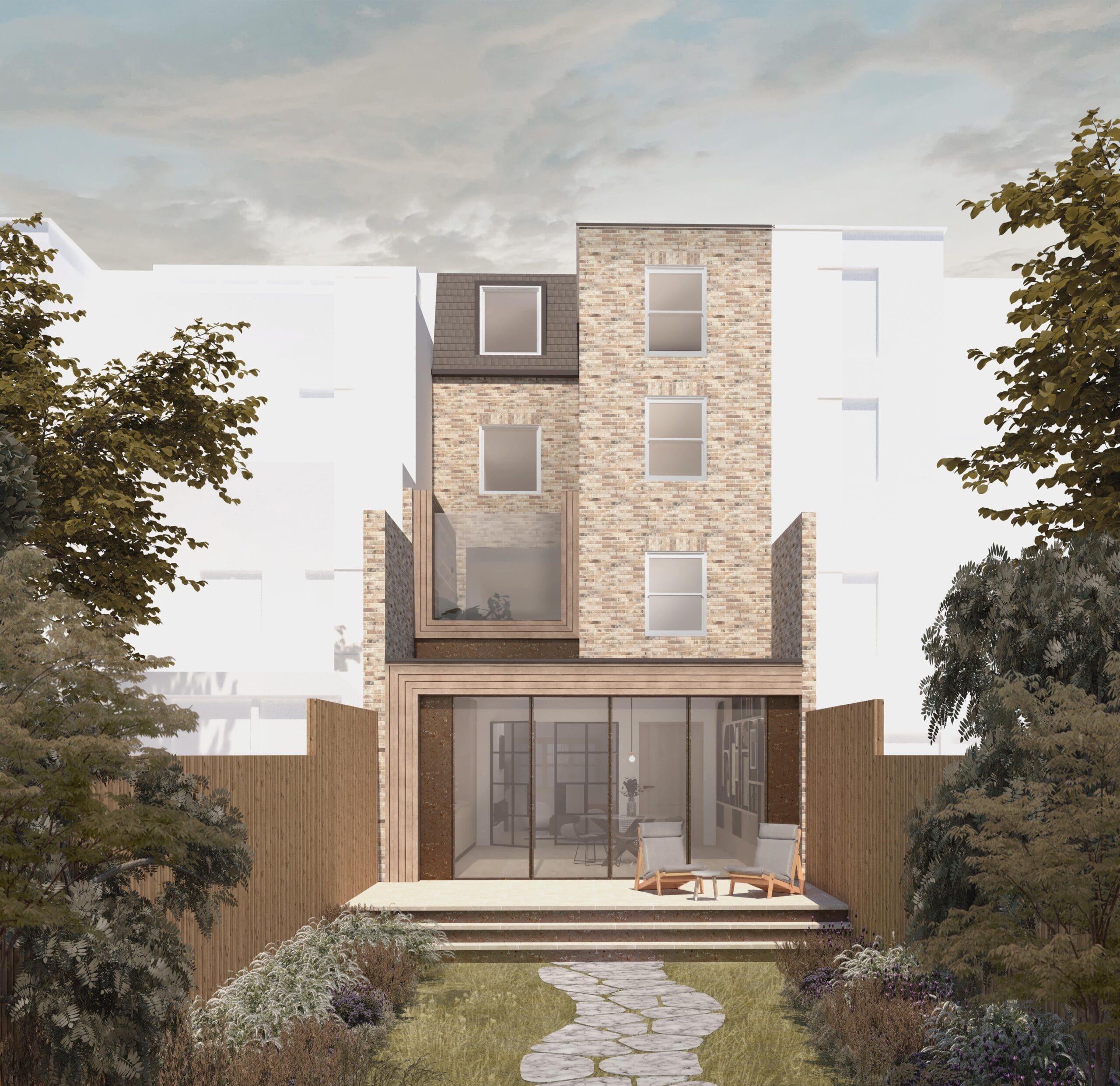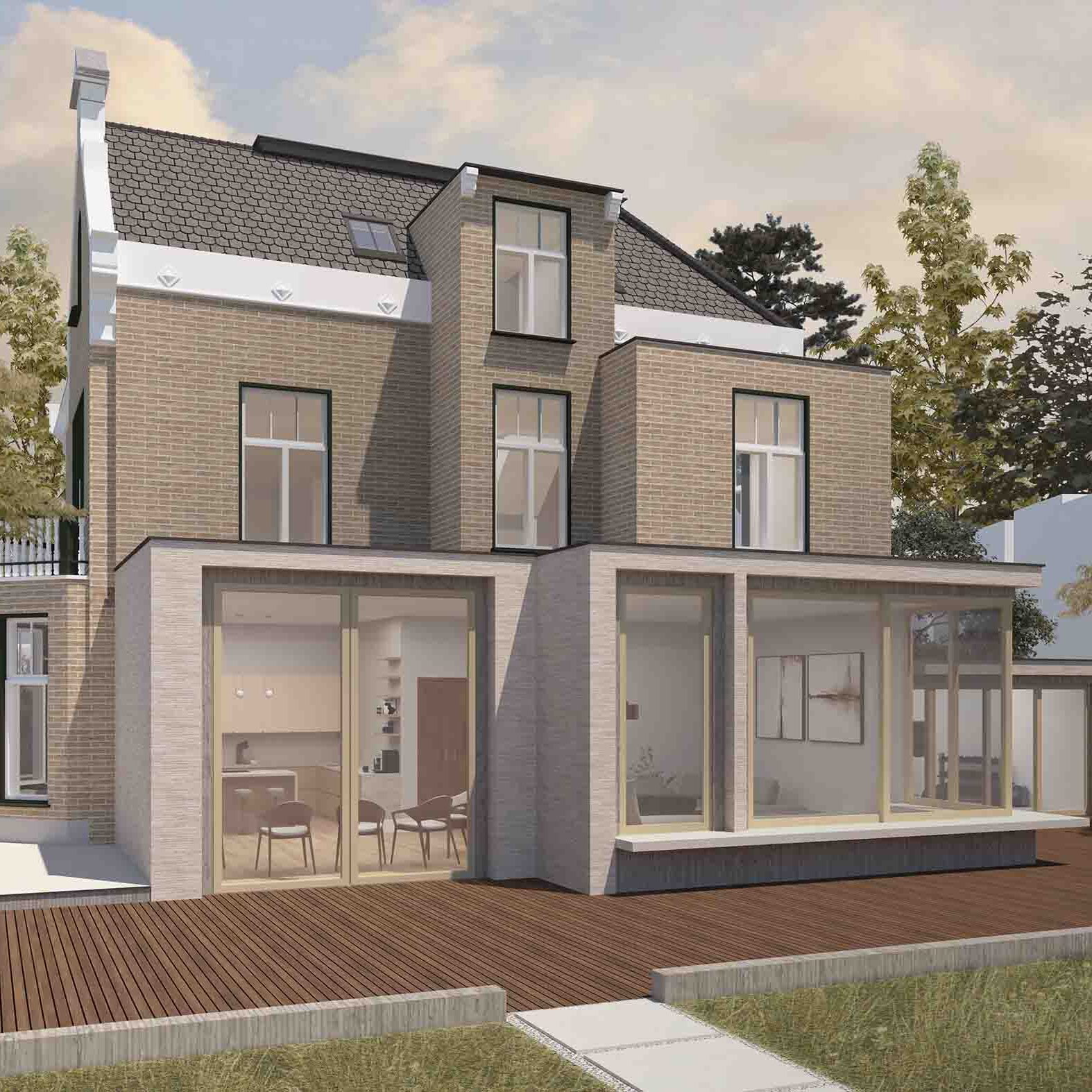Labour’s Planning Reforms: Guide for Development
Labour’s 2024 election manifesto features strong proposals for housing strategy, but these goals rely heavily on private sector partnerships to boost housing affordability and availability. Rachel Reeves, the new Chancellor, has outlined the necessary planning reforms. However, the success of these initiatives depends on careful implementation and how well they resonate with the housing market.
At DeVis Architecture, we recognise the challenges and opportunities these reforms present and are ready to assist with expert planning advice and preconstruction services.
In This Article:
1. Ambitious Housing Goals
2. Redefining Urban Boundaries
3. Empowering First-Time Buyers
4. Enhancing Planning Infrastructure
5. Prioritizing Affordable Living
6. Embracing Sustainable Development
7. Modernizing Land Acquisition
8. Community Engagement and Public Consultation
9. Addressing Regional Disparities
10. Innovations in Housing Construction
11. Conclusion & Key Takeaways
Labour’s Ambitious Housing Goals
Labour’s target to deliver 1.5 million homes necessitates building 300,000 homes annually. To meet this ambitious goal, the National Planning Policy Framework (NPPF) will likely require revisions to support such large-scale development.
Housing Targets by Region

This presents significant opportunities for developers and builders, particularly in regions where housing shortages are most severe. For those seeking to navigate these changes, Devis Architecture offers comprehensive planning support to ensure your projects align with these evolving guidelines.
Labour’s Planning Reforms on Land Catagorisation
Labour’s strategy includes a thorough reassessment of Greenbelt boundaries, with a focus on the redevelopment of brownfield and grey belt lands. The identification of approximately 11,000 grey belt sites offers the potential to create at least 100,000 homes.
For developers and construction firms, this reclassification opens doors to new projects in areas previously restricted by strict land-use policies. Balancing these developments with environmental considerations will be crucial, and our team at DeVis Architecture can help you approach these projects with both innovation and compliance in mind.
Types of Sites Considered for Development
- Greenbelt Land: Areas of open land where development is heavily restricted to protect the environment and prevent urban sprawl.
- Grey Belt Land: Land that has been developed to some extent but is underutilised or derelict, offering potential for redevelopment.
- Brownfield Land: Previously developed land that is not currently in use, often found in urban areas and considered prime for redevelopment.
Empowering First-Time Buyers
Labour is introducing affordable mortgage schemes aimed at first-time buyers, a move that could lower interest rates from banks despite the Bank of England’s current rate of 5.25%. This initiative is expected to alleviate some of the financial burdens on the working class.
Enhancing Planning Infrastructure
Labour plans to recruit 300 additional planning officers to accelerate the approval process and address current delays. This enhancement aims to support the ambitious housing targets and improve the efficiency of planning authorities.
Pros of Additional Planning Officers
- Faster Planning Approvals: More staff will reduce the backlog and speed up the approval process.
- Improved Oversight: Enhanced scrutiny of development projects ensures higher standards.
- Support for Local Authorities: Helps overburdened planning departments manage increased workloads.
Cons of Additional Planning Officers
- Initial Costs: Recruiting and training new officers require significant investment.
- Resource Allocation: Some regions may still face delays if resources are not evenly distributed.
- Short-Term Relief: May not fully address long-term issues in planning infrastructure.
At Devis Architecture, we can help you navigate this streamlined process, ensuring that your projects are submitted and approved efficiently.
Prioritising Affordable Living
Labour’s policy mandates that at least 30% of new homes must be affordable. The government will enforce this requirement through collaboration with Local Planning Authorities (LPAs) to ensure that affordable housing is accessible to all, including diverse and marginalised communities.
This presents both a challenge and an opportunity for developers, who must integrate affordable housing into their projects while maintaining profitability.
Labour’s Planning Reforms on Sustainable Development
Labour is committed to sustainability, integrating modern heating systems, advanced insulation, and renewable energy sources into new homes. Sustainable development will be a cornerstone of Labour’s housing strategy, with a focus on reducing environmental impact.
Modernising Land Acquisition
Labour’s reforms to compulsory purchase compensation rules aim to streamline land acquisition and ensure fair compensation for landowners. By removing the influence of speculative planning permission, the policy seeks to make land acquisition more straightforward.
Types of Land Acquisitions
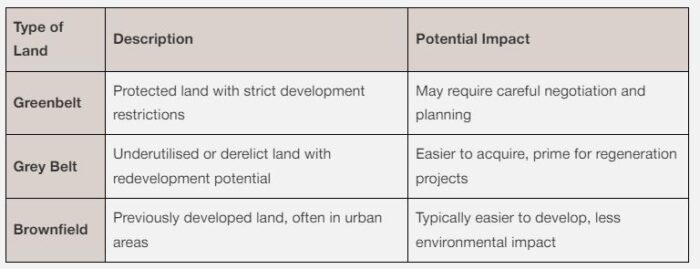
Navigating these acquisitions can be complex, but DeVis Architecture can provide the expertise needed to ensure successful land assembly and development.
Labour’s Planning Reforms on Community Engagement
Labour’s housing strategy places significant emphasis on community involvement in the planning process. This approach ensures that housing developments align with the needs and desires of local residents, which can lead to more successful and accepted projects.
Example: Community Consultation for a New Build Development
Imagine a scenario where a developer plans to build 50 new homes on the outskirts of a town. The consultation process might look like this:
- Initial Public Meeting: The developer, alongside DeVis Architecture, organises a public meeting in the local community centre to present the project proposal. Local residents are invited to view the plans, ask questions, and voice any concerns.
- Feedback Collection: Attendees are encouraged to provide written feedback on aspects such as design, infrastructure impact, and environmental considerations. This can be done through surveys distributed at the meeting or via an online portal.
- Ongoing Communication: As the project evolves, regular updates are provided to the community through newsletters and further meetings. Adjustments to the plans are made based on the feedback received, demonstrating responsiveness to community input.
- Final Approval Process: Before submitting the final planning application, a follow-up consultation is held to present the revised plans. This final round of feedback helps to ensure that the project aligns closely with community expectations.
By engaging with the community throughout the planning process, developers can foster goodwill, mitigate opposition, and create projects that better serve the local area.
Addressing Regional Disparities
The strategy includes setting tailored housing targets for different regions, aiming to address local disparities and ensure balanced development across the country.
Regional Housing Targets
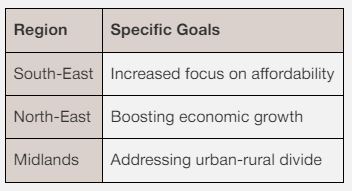
Innovations in Housing Construction
Labour is investing in innovative construction techniques, including modular construction, 3D printing, and eco-friendly materials, to enhance efficiency and sustainability. This approach is driven not only by the need for faster and more cost-effective building methods but also by the UK’s sustainability targets.
Key Innovations in Housing Construction

For those in the construction industry, adopting these new techniques could be a game-changer. These innovations support the UK’s commitment to reducing carbon emissions and meeting sustainability targets. At DeVis Architecture, we can guide you through these advancements, helping you implement them effectively in your projects.
Conclusion
Labour’s planning reforms, in particular their housing strategy, is a comprehensive effort to tackle the housing crisis, focusing on affordability, sustainability, and innovation. The success of these reforms will depend on effective implementation and sustained commitment. If these goals are achieved, the UK housing market could see significant transformation.
DeVis Architecture is here to support developers, builders, and self-builders through these changes, offering expert planning advice and pre-construction services to help you make the most of the opportunities presented by Labour’s new housing strategy. Contact Us today to speak about your development plans and see how we can help you maximise your return on investment!



